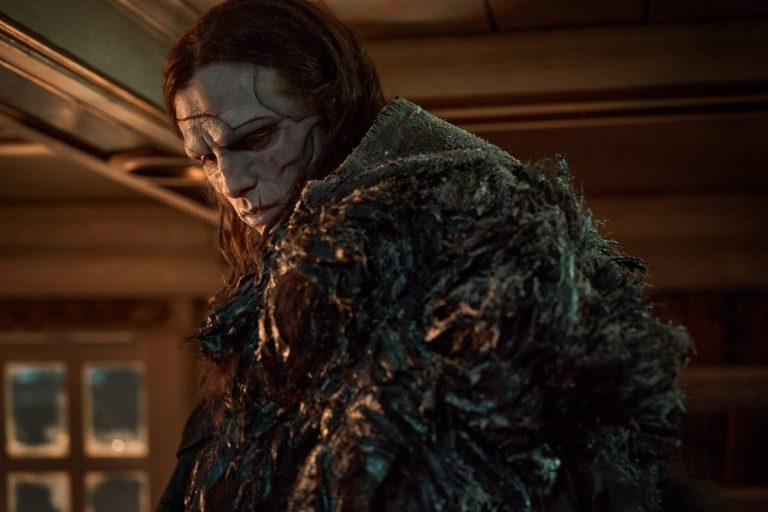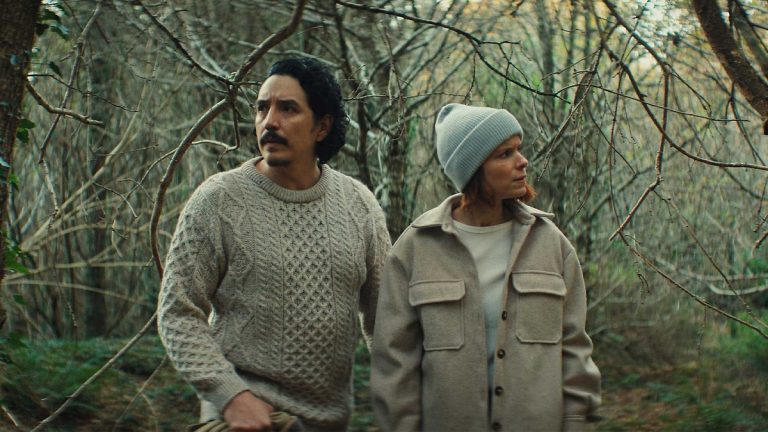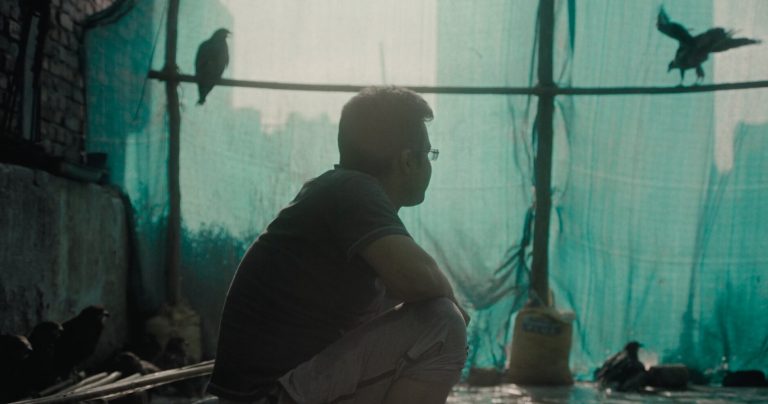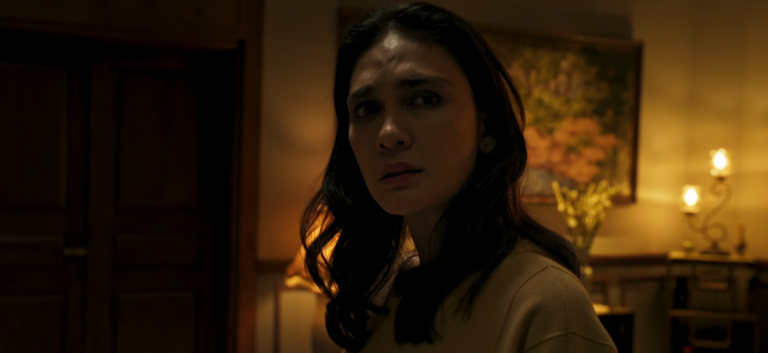Why Poor Things Should Win The Best Picture At Oscars: In the much-awaited Academy Awards to be hosted next month, “Poor Things” has clinched 11 nominations. Back when the nominees were announced in January, the film emerged to perform better than was earlier expected, securing nods for Mark Ruffalo as best supporting actor as well as Yorgos Lanthimos for the tight spot for best director. In its climb to dominate the discourse since its limited release in December of last year, Lanthimos’ film has marked a considerable victory in emerging among the most acclaimed films of 2023.
The film takes place in Victorian London, as it introduces eccentric scientist and surgeon Godwin Baxter (Willem Dafoe) and his phenomenological creation, Bella Baxter (Emma Stone). The story charts Bella’s whirlwind adventure across continents as she comes head-on to epiphanic realizations in finding her agency in a complex world. While the characters in the narrative inhabit the ideological setting of the late 19th century – while often interacting with steampunk-esque technology – the themes it poses remain very much in conversation with today’s culture.
And that’s just the start of the long list that explains just how crucial the Best Picture nom the film has bagged at the 96th Academy Awards. In this piece, we take a look at six big reasons why “Poor Things” should win big at the 2024 Oscars. While some of the points mentioned cover aspects of the movie that have already gained much praise, leading to its nominations in various other categories, they all hold true in providing context for just how extraordinarily well-crafted Lanthimos’ film is.
Who do you think would take away the big prize at the upcoming ceremony?
1. The Inventive World-Building
One of the most laudable aspects of Yorgos Lanthimos’ latest film is the way it serves up its rich and detailed story with bursting inventiveness and style. Each chapter takes you on an intoxicating journey. For its sheer craft and invention, “Poor Things” makes for the ideal pick to win the production design Oscar this year. More often than not, year in and year out, this award goes to films that spend millions to painstakingly recreate historical eras or ones that bring the fantastical sci-fi worlds to life.
The steampunk aesthetics combined with the pseudo-historical alt-reality of “Poor Things” makes it one of the most gorgeous films we’ve had in a while. While much has been said already about the sun-dazzled, Marshmallow-Peeps-yellow streets of Lisbon, the interiors of Dr. Baxter’s home in the first act of the film also play a crucial role in establishing the thematics of the story. They not only echo the surgeon’s profession, but the house’s low ceilings also inform the claustrophobic sense of oppressiveness under which Bella was invented. Contrary to this, the outlay of the brothel later references Bella’s ferociously pragmatic outlook.
Thus, Shona Heath and James Price, along with the rest of the crew, blend familiar styles and points of historical reference to produce a completely new aesthetic – one that’s unique to the film and its characters. It plays with layers of artifice and textures to instill in us a deliberate sense of an off-kilter feeling, one that leaves room for untapped possibilities. We get to crawl inside Bella’s head and be there with her as her dawning self-awareness proceeds to change how she navigates her life to find an agency.
2. The Sweeping Aesthetics
Along with its ingenious production design and lucid cinematography, it’s also the makeup and hairstyling that make the journey of Bella Baxter so iconic. Hair, makeup, and prosthetics designer Nadia Stacey has talked about how she wanted to use makeup as a storytelling tool rather than to make someone look pretty. The thing that stands out is the way the length of Bella’s extensions would vary depending on which part of the movie she would be in. The film opens with Bella’s suicide, with a close-up shot of her from behind, showing the hair pinned up in a style that was popular for women of the polite society. Throughout her narrative arc, as Bella travels the world and learns more about her sexuality and agency, her hair becomes symbolically longer and more unruly.
Not only that but there was also the careful effort put into the prosthetic worn by Willem Dafoe’s surgeon character. His now iconic face involved stacking several pieces together, even gluing some of them directly onto the actor’s face. As we gradually learn, Godwin was experimented on by his father, which led to the disfigurement of his face and bodily dysfunction. Outwardly terrifying, Baxter is a complex and solicitous man. Along with that, all the autopsy bodies we see in his household were made from scratch. With its adroit and scrumptious design, the layers in the intricate aspects of the film make us invest in its deeply textured world.
3. Only Six Horror Movies Have Been Nominated For Best Picture At The Academy Awards
View this post on Instagram
A postmodernist interpretation of the Frankenstein tale, “Poor Things” replaced the conventional monster with a striking young erotomaniac female resurrected with the brain of an infant. With a staggering 11 nominations and a Rotten Tomatoes approval rating of 92%, the film marks various firsts for Frankenstein movies at the Academy Awards, with the biggest one being its Best Picture nomination.
Prior to this, “Mary Shelley’s Frankenstein” was nominated at the 1995 Academy Awards for Best Makeup, while the 1974 comedy horror film “Young Frankenstein” bagged noms for screenplay and sound categories at the 1975 award ceremony. While Lanthimos’ film isn’t the first Frankenstein film to have been nominated by the Oscars, it marks a big first for getting into the top spot among the Best Picture nominees. Lanthimos has explored a variety of different genres in his movies. He has gradually built his way up in the contemporary cinematic landscape while working on films of various budgets. With “Poor Things” being his most accessible film yet, we watch him bring together sci-fi, comedy, drama, as well as horror.
Despite being based on a 1992 novel of the same name by Alasdair Gray, the film takes heavy swings and grounds itself in the most Lanthimos-ian sensibility. Back in 1991, “The Silence of the Lambs” became the first and only horror movie ever to win the Oscar for Best Picture. While if one were to categorize “Poor Things,” it would be more of a rom-com than anything else. Would it be lucky enough to become the first Frankenstein movie to win the award?
4. An Incredibly Powerful Lead Performance
The film’s modern take on the Frankenstein tale allows itself to tell a riveting coming-of-age story of a young woman who goes on a journey of liberation after she is resurrected by a scientist. While Bella’s self-propelled journey toward autonomy is fueled by Lanthimos’ creative genius, the character is undoubtedly brought to life by Emma Stone’s committed, vigorous performance. She deftly embodies numerous stages of human development—a waddling and babbling toddler, to being an awkwardly young child embracing language, to a rebellious young teenager before she comes into her own as a young woman— effectively and seamlessly.
The fact that we see the world through Bella’s eyes as she later grows and learns —discovering her body first and then her mind — makes the journey that the film embarks on even more rewarding. Watching her come to terms with her brash and grabby side only to later embrace her kind and compassionate qualities compounds the story’s larger themes. It’s what makes it Lanthimos’ most optimistic work yet, as it argues that kindness and empathy are intellectual responses and products of conditioning rather than the crude human urges we watch Bella project around through most of the film’s runtime.
Back in 2018, “The Favourite” marked Lanthimos’ first collaboration with Stone, who has since become something of a muse. While she’s hot on still garnering all sorts of acclaim for her performance in his latest, having recently won the Best Actress BAFTA, Stone would again be seen in an anthology that the director is set to release later this year.
Of course, a movie doesn’t just become more deserving of winning the Best Picture award for having a powerful central performance, but the actress seems to be on a steady path to cruise to her second Oscar win with “Poor Things.” The fact that her performance was so central to the making of the film may just go to show how incredible of a film it is on all fronts.
5. A Richly Thematic Story that Feels Immensely Current
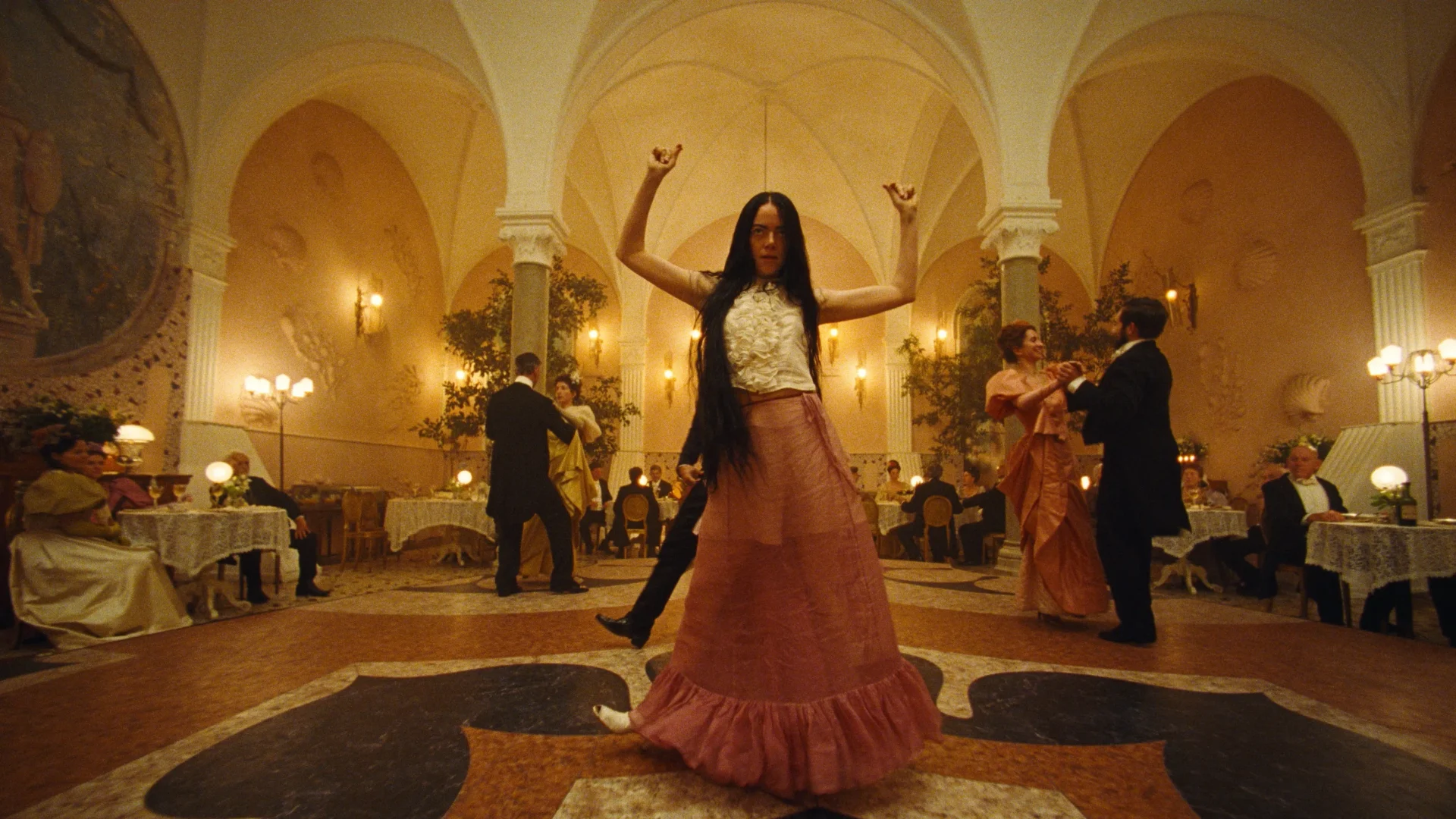
In a year of cinema characterized by dichotomic juxtapositions— mainly in “Barbenheimer” and, to a less ubiquitous but arguably more memeable extent in “Saw Patrol” and “Cocaine Bear”—it is no wonder that a genre mismatch that is both serious and tongue-in-cheek feels incontestably current. Much of Lanthimos’s filmography excels at painting experimental thematic playgrounds juxtaposed with wild luxuriations that are often seen as taboo. Despite its commentary, his 2023 film might just be his most thematically rich film yet – and also his most optimistic one yet.
The emotional connection the protagonist develops to the quirky mad scientist is a secondary motivator for her, which instantly makes the film more interesting as it is told from her perspective. As Bella begins to question the world around her, we do too. In her quest for sexual awakening lies the dilemma of whether empowerment can only come secondary to exploitation. Thus, the existential themes told through its fantastical visuals contrast the serious moral propositions of the story. The avant-garde style consistently asks the viewer to take everything with a grain of salt, yet the narrative remains substantive in reinforcing Bella’s wanderlust. It’s what helps the film transcend its steampunk aesthetics.
Much of Bella’s story documents her intellectual development through heuristic tutelage and phenomenological encounters. Thematically, Lanthimos’s film provides a surrealist story of the formal years of a woman wrestling with her existence. Bella’s erotic journey reflects that of a Freudian mirror, staged into the world as an awakened sexual being. But the society she inhabits, despite its gleefully majestic aura, is one dictated by sharp moral judgments, patriarchy, and sexual politics. In that regard, “Poor Things” seamlessly blends the best aspects of the kind of film that defined 2023 in both its craft as well as the story in order to create something truly spectacular.
6. Poor Things Provides Hope for the Future of Non-franchise Cinema
In the pandemic era, there had been much concern over the survival of non-franchise films. Even before the pandemic, Hollywood was trending ever further into not just IP-driven territory when it came to theatrical releases but franchise-led movies only. More importantly, mid-budget movies have been suffering in general at the global box office. Luckily, last year saw signs that audience tastes are changing, with the whole “Barbenheimer” phenomenon being one key piece of that trend. But one can even trace back to last year’s Best Picture win of “Everything Everywhere All at Once” ($143 million globally) as a positive sign in this emerging era.
One of the most laudable aspects of Lanthimos’ latest remains in how it makes the grotesque palatable. Not only is it unlikely for a dystopian sci-fi steampunk film to do well at the box office, but it’s even more difficult to achieve the mark when your narrative pushes back against the systemic and chauvinistic society run by men. The grotesquely gorgeous “Poor Things” could’ve easily found many people frowning at the world it envelopes its viewer with. At $100 million, “Poor Things” is the fourth-highest-grossing Best Picture nominee behind “Barbie“, “Oppenheimer”, and “Killers of the Flower Moon.” However, its performance is especially impressive considering it was produced on a mid-budget of $35 million.
In terms of the total number of nominations, the film is second only to Christopher Nolan’s biopic with 13. By coupling that with the whopping box office success, “Poor Things” has solidified its place among the upper echelon of 2023 films that have strung a chord with critics and audiences alike. The fact of the matter is that the Oscars still do matter.
Studios would still invest in the sorts of movies in no small part as they hope to achieve the glory of major awards that aren’t limited to critical acclaim. But they still have to make financial sense on some level to sustain in the increasingly competitive business. However, mid-budget movies like this are helping to change the narrative a bit. In turn, if movies that people care about and have actually seen are nominated, more people are likely to tune into the award ceremonies. This, in turn, leads to a holistic functioning of the whole ecosystem.


